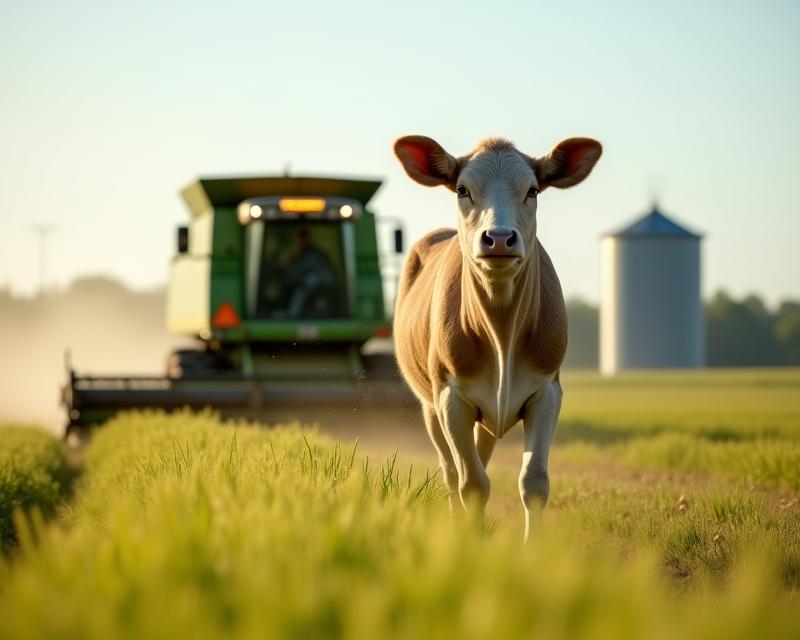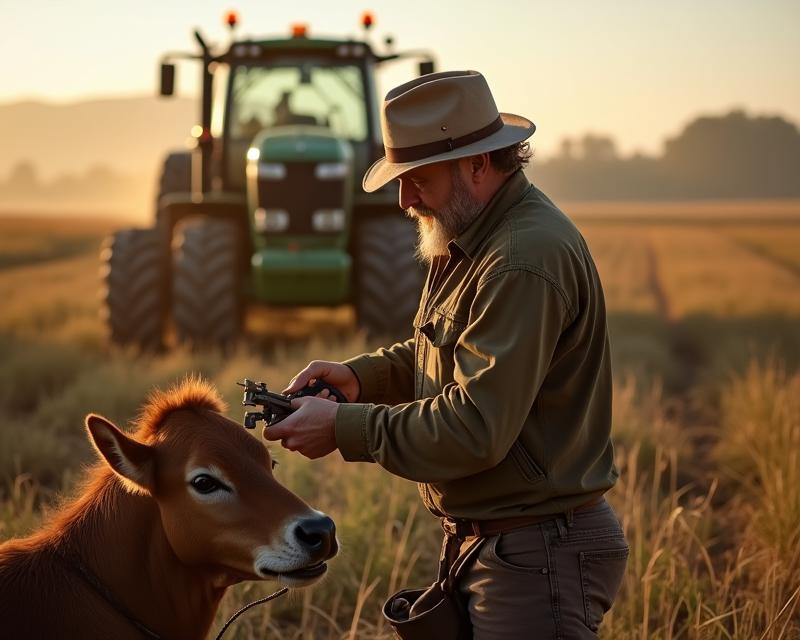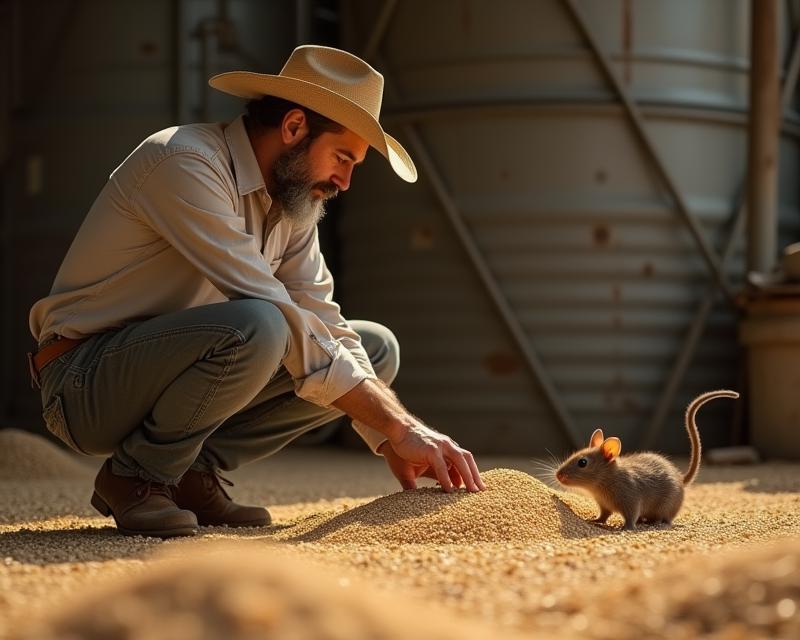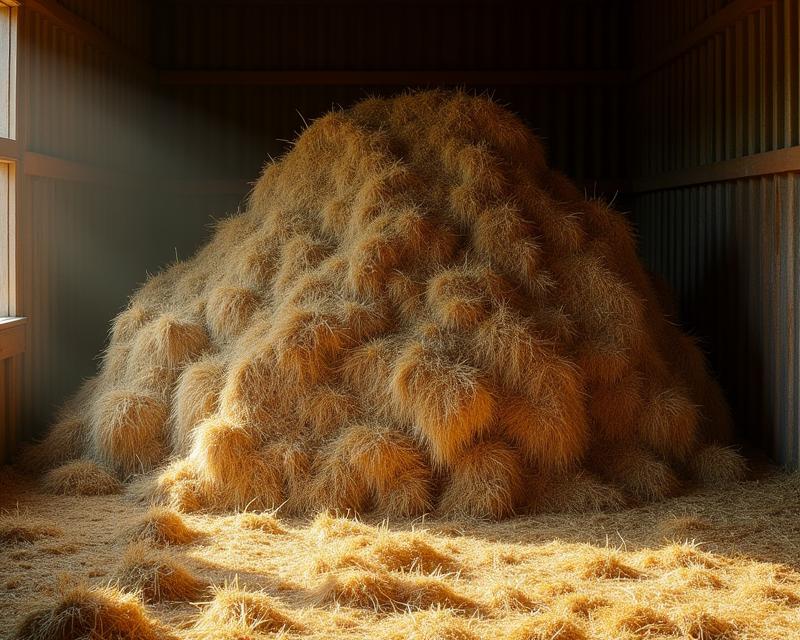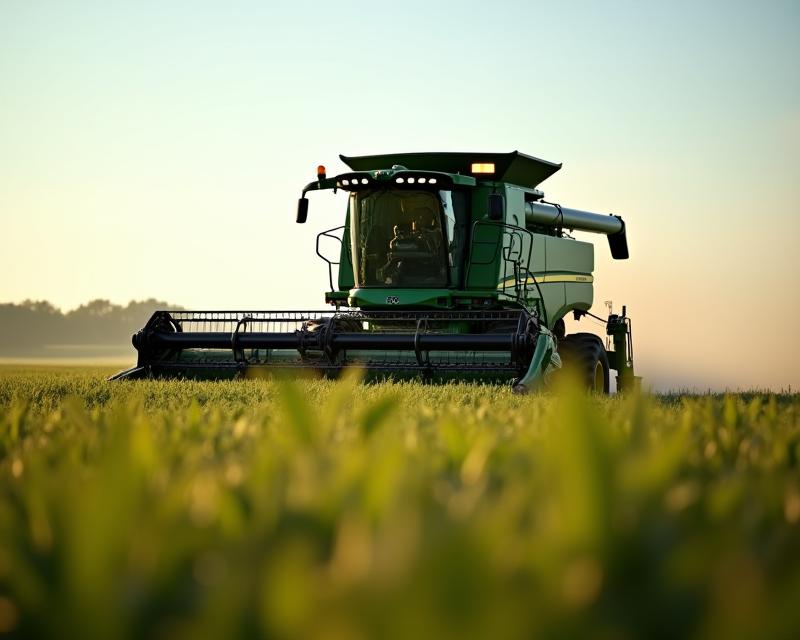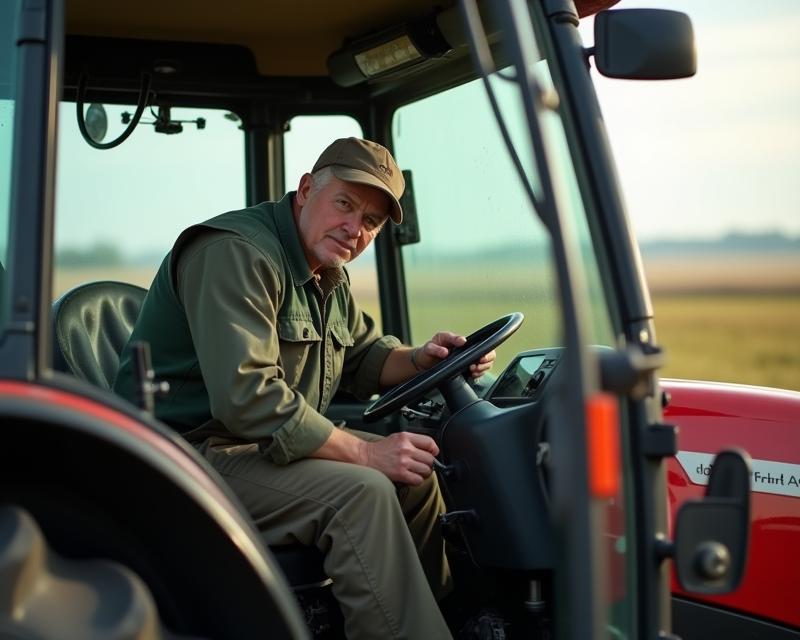Farm Layout: Maximize Efficiency
Publish in Farm el 28/06/2025 22:30
Farm Layout: Maximize Efficiency
A well-planned farm layout is the backbone of a successful agricultural operation. It directly impacts everything from labor costs and equipment flow to crop yields and overall profitability. Ignoring layout planning can lead to wasted time, increased fuel consumption, and reduced productivity. Taking the time to thoughtfully design your farm can yield significant long-term benefits.
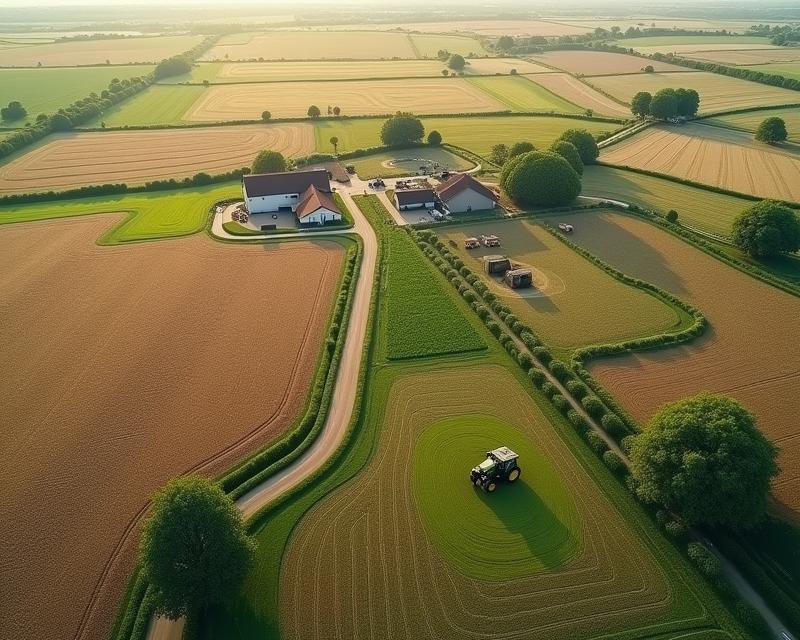
Key Considerations for Farm Layout
Several factors should be considered when designing your farm layout. Start by analyzing your land's topography – slopes, drainage patterns, and soil types will all influence where different activities are best suited. Next, assess your crops and livestock needs. Consider factors like required spacing, access to water, and proximity to processing facilities. Don't forget about infrastructure – roads, fences, buildings, and utilities must be strategically placed for optimal efficiency. Think about future expansion as well; leaving room for growth now can save headaches later.
Optimizing Workflow and Accessibility
Efficient workflow is paramount. Design your layout to minimize unnecessary travel distances for both people and equipment. Group related activities together – for example, placing storage facilities near harvesting areas. Ensure clear and well-maintained access roads connect all parts of the farm. Consider implementing a grid system for field organization, making it easier to manage planting, irrigation, and harvesting. Properly planned access points for machinery are also crucial to avoid damage and delays.
Technology and Modern Layouts
Modern technology offers powerful tools for farm layout planning. GPS mapping, drone imagery, and farm management software can provide valuable insights into land characteristics and optimize field designs. Precision agriculture techniques, like variable rate application, are also influenced by layout. By leveraging these technologies, farmers can create layouts that maximize resource utilization and minimize environmental impact. Regularly review and adjust your layout as your farming practices evolve to maintain peak efficiency.
